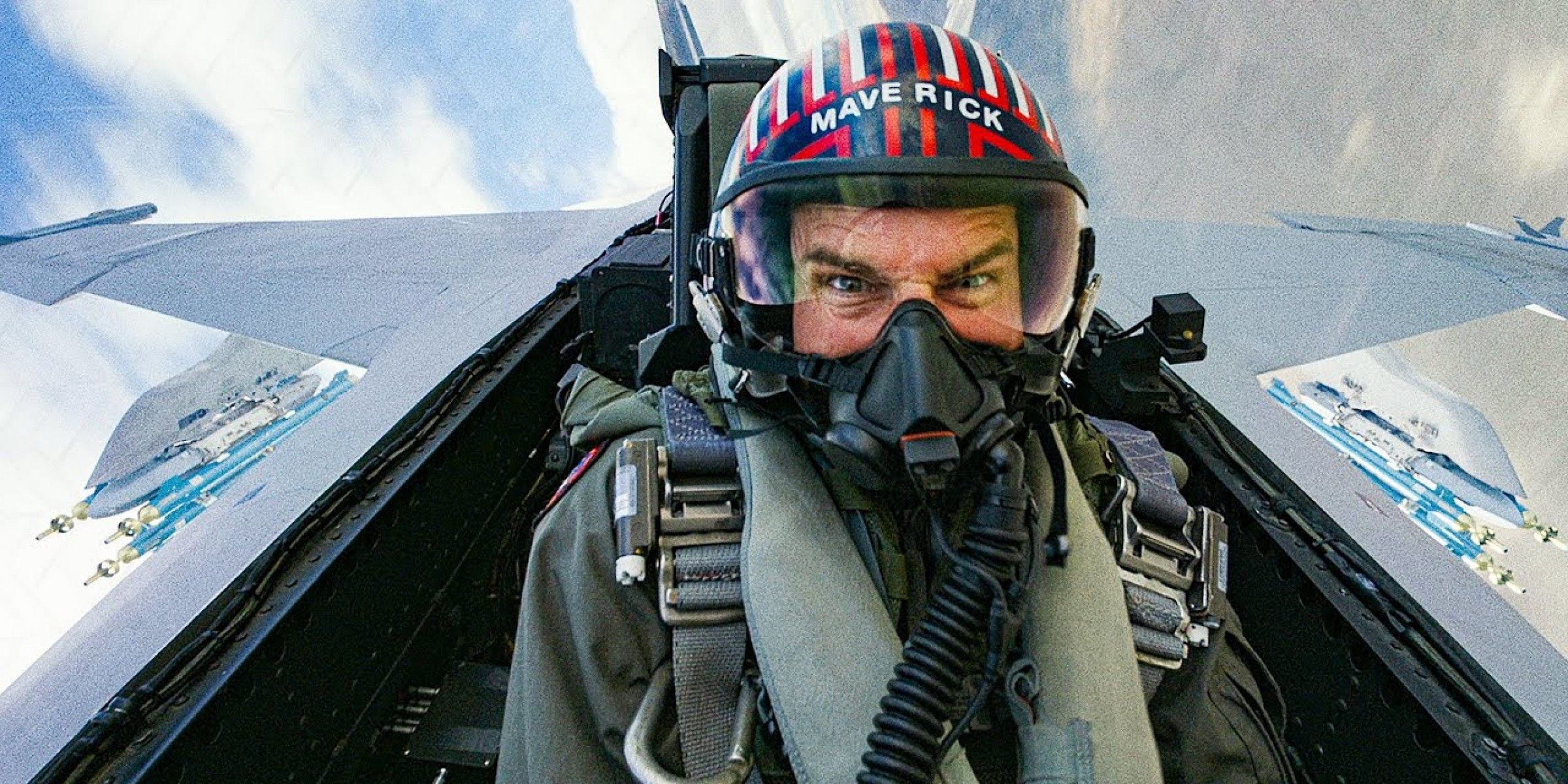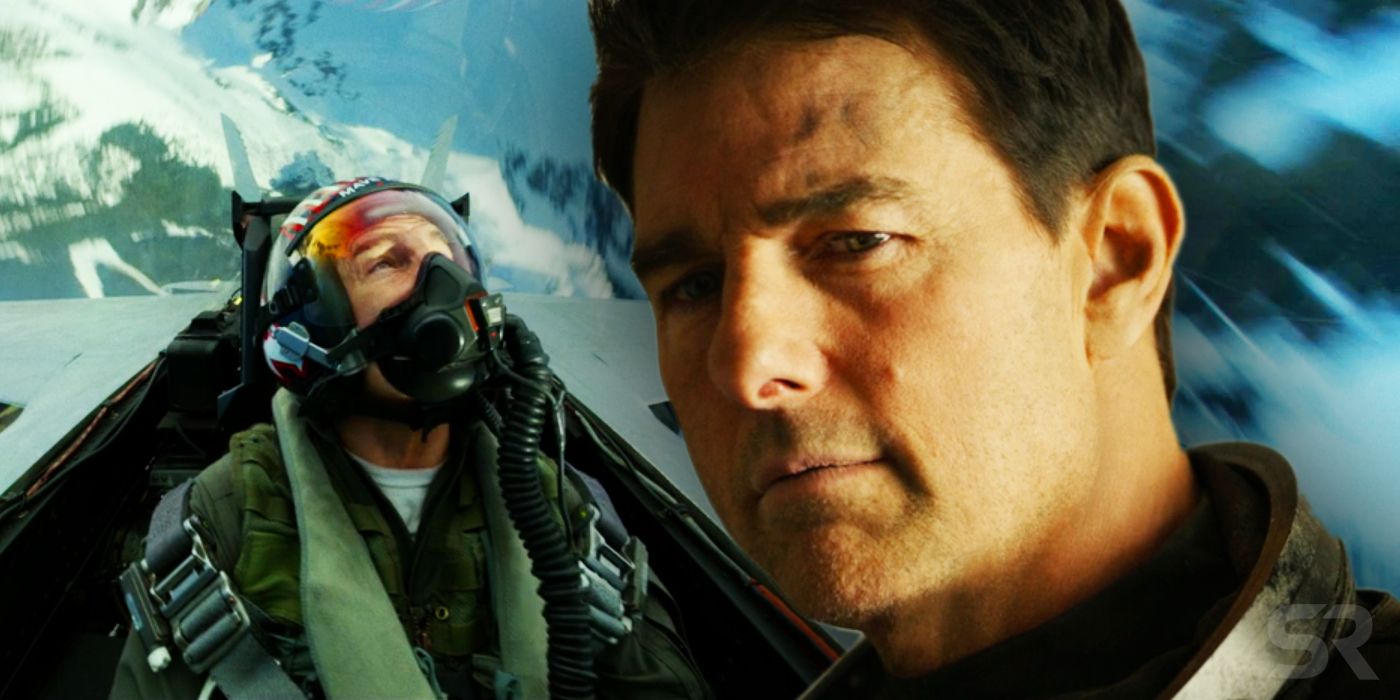Top Gun 2: Why Tom Cruise Wasn't Allowed To Fly An F-18 Fighter Jet

Throughout Top Gun: Maverick, Tom Cruise's character Pete "Maverick" Mitchell pilots multiple aircraft, but the US Navy forbade the actor from piloting the F-18 Super Hornet. Set for release, after several bumps in its schedule, on May 27, 2022, Joseph Kosinski's sequel to the original 1986 hit movie Top Gun promises unmatched and unforgettable aerial combat scenes. The movie has also prioritized practical effects over CGI, adding authenticity to the action. While Cruise is renowned for performing his own stunts for many of his movies, some of the tricks proposed for Top Gun: Maverick were a little too ambitious, even by Cruise's standards.
In an interview with Empire, Tom Cruise said he told Top Gun: Maverick producer Jerry Bruckheimer that he agreed to return as Maverick with one stipulation: "I said to Jerry [Bruckheimer], I'll do it if...' meaning, I'm not going to do the CGI stuff." In other words, Cruise signed on for the project only with Bruckheimer's agreement that the film's effects not be reliant on hokey-looking CGI. Cruise was so ambitious, in fact, that he had initially hoped to fly a real Boeing F-18 fighter jet. A certified pilot, Cruise is well-accustomed to high-octane aviation stunts. Many Cruise fans will already be aware that many of the more impressive helicopter stunts in 2018's Mission: Impossible - Fallout were performed by Cruise. However, Bruckheimer maintains that the US Navy ultimately denied Cruise's requests to fly the Super Hornet, which boasts a price tag in excess of $70 million.
The F-18 jet does feature in Top Gun: Maverick, but those scenes were all completed with assistance from Navy pilots. According to producer Bruckheimer, Cruise does fly a P-51 propeller-driven fighter plane, as well as some helicopters. With the assistance of skilled editing, the action sequences should remain convincing to even the most well-trained eye. There's no confirmation yet about why the US Navy might have denied Cruise's aspirations to pilot a Super Hornet - but the most logical reason would be insurance concerns, which is always enough of a consideration to prevent actors from doing their own stunts.

The cost of the plane also figures into this - the cost of a real F-18 Super Hornet would make up roughly half of Top Gun: Maverick's $152 million budget. That would be likely to create logistical nightmares for the insurance of the film. That's not even to mention insuring Cruise himself, who, though already a certified pilot, has little experience with this kind of supersonic military aircraft. Insurance woes aside, should an inexperienced pilot such as Cruise lose control of a high-speed aircraft, it could also mean peril for civilians and/or military personnel on the ground.
Fans will have to wait until spring of 2022 to see Cruise return to the danger zone as Maverick. Judging from interviews and trailers, it appears as though Bruckheimer and Cruise are sincere in their claims that Top Gun: Maverick emphasizes practical effects over CGI. Both the actor and the producer seem committed to creating the most immersive experience possible. Perhaps fans can agree that this movie holds plenty of thrill potential, regardless of whether or not its actors are actually piloting multimillion-dollar fighter jets.